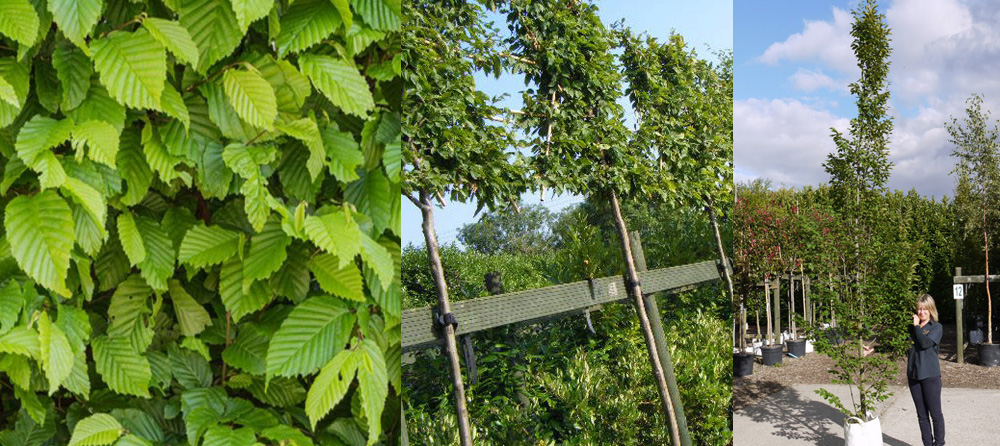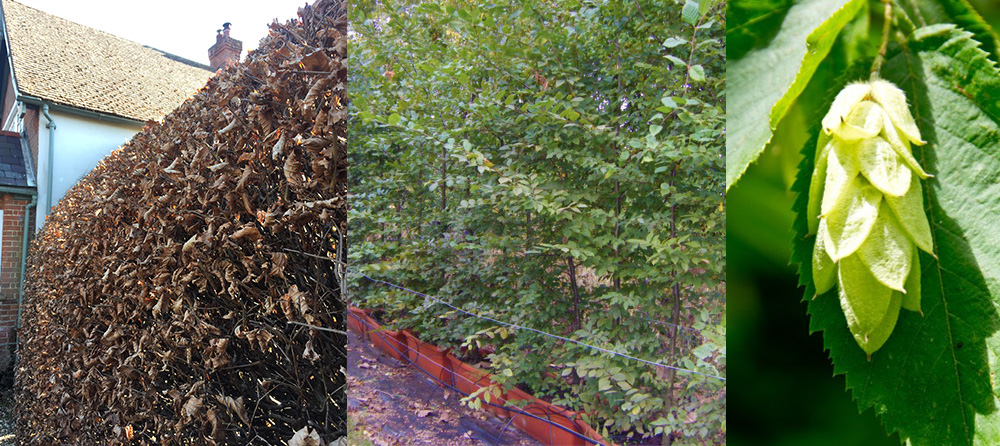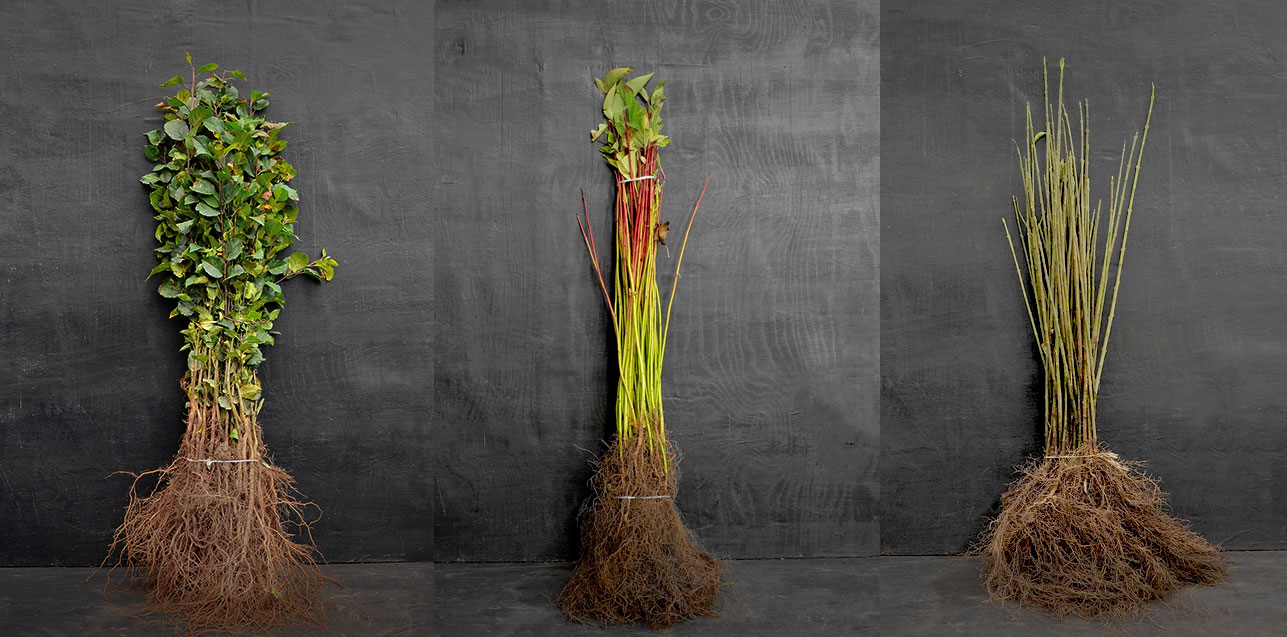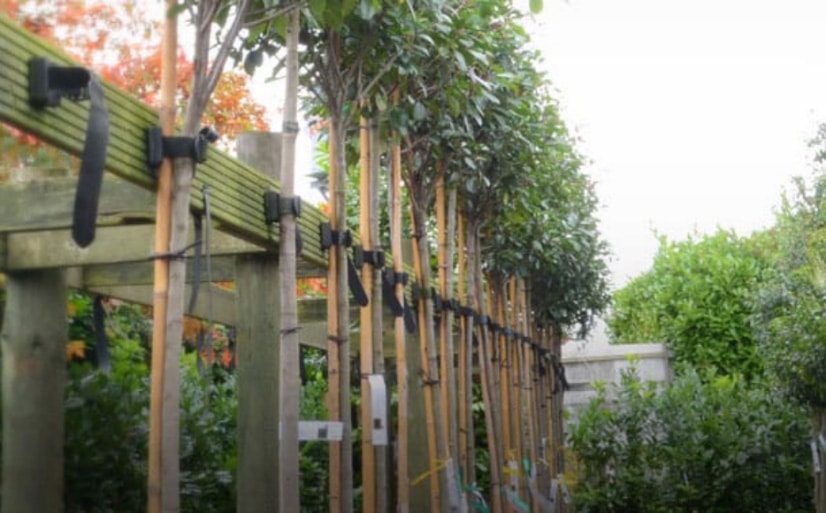Hornbeam has always been an important native tree. With the decline of Elm and Ash it has assumed an ever more important roll in the United Kingdom.
This hardwood tree can be found in all areas of the country, in woodland, parks and cities.
Versatile Hornbeam
With the advent of free and easy trade around the world, species are removed further from their place of origin and with much greater frequency. This also applies to the bugs and diseases that are associated with those species. For example, Asian longhorn beetle. Such is the versatility of Hornbeam, that up to now it has appeared to be free of the consequences of global trading.

Hornbeam is often overlooked and not as widely known to the general public as Beech. This is a great shame and professionals in the horticultural industry are making an effort to inform the general public of its great merits, particularly in our natural landscapes. In most of our ancient woodland Hornbeam is a critical part of the overall health of our most precious remaining woodland.
Hornbeam’s importance as the main constituent of a native hedgerow cannot be overstated, particularly as, unlike Beech it thrives on clay soils.
Winter Screening
The spent leaves of a Hornbeam hedge or tree will cling on throughout the winter months to provide a partial screen or shelter. In recent years some other types of Hornbeam have been widely planted, such as Carpinus betulus fastigiata, which has a very compact crown and can be seen established in urban locations, for this reason.

Japanese Hornbeam is another notable tree. Carpinus japonica is regonisable by its hop like catkins and is commonly known as hop hornbeam.
In conclusion, Hornbeam should be an important consideration of nearly all sizeable planting schemes.
Further reading about Hornbeam:





